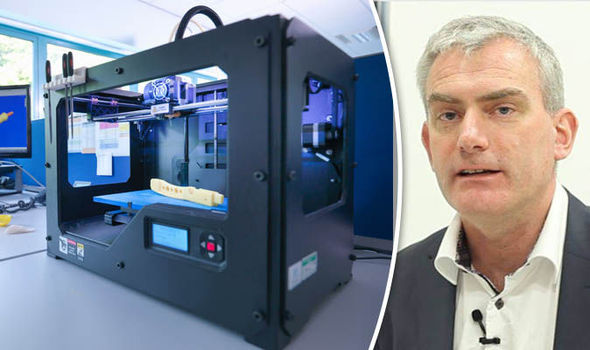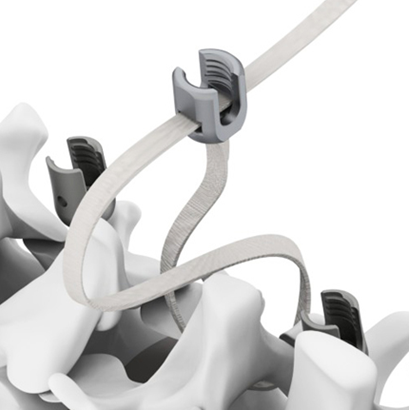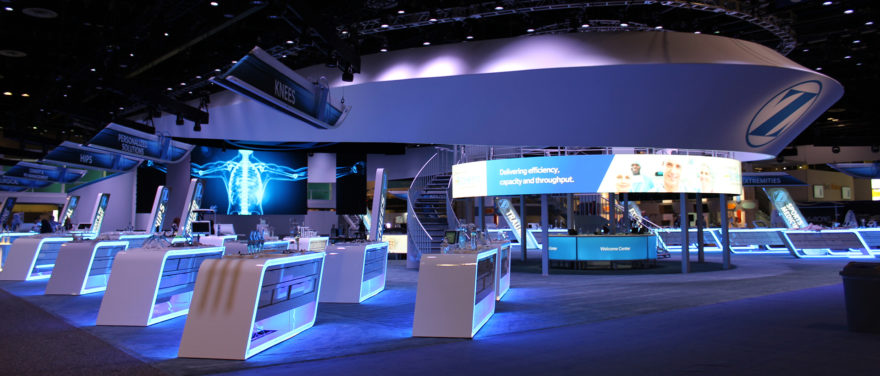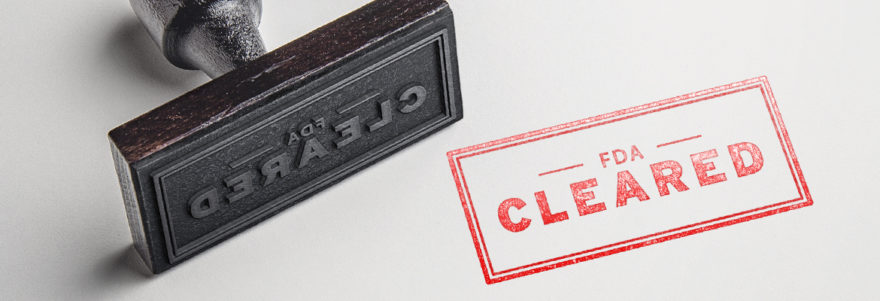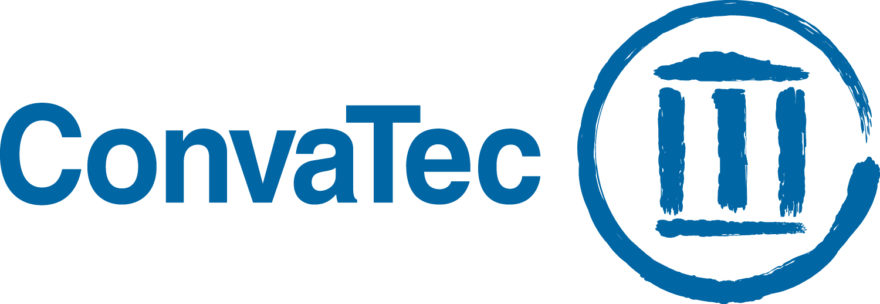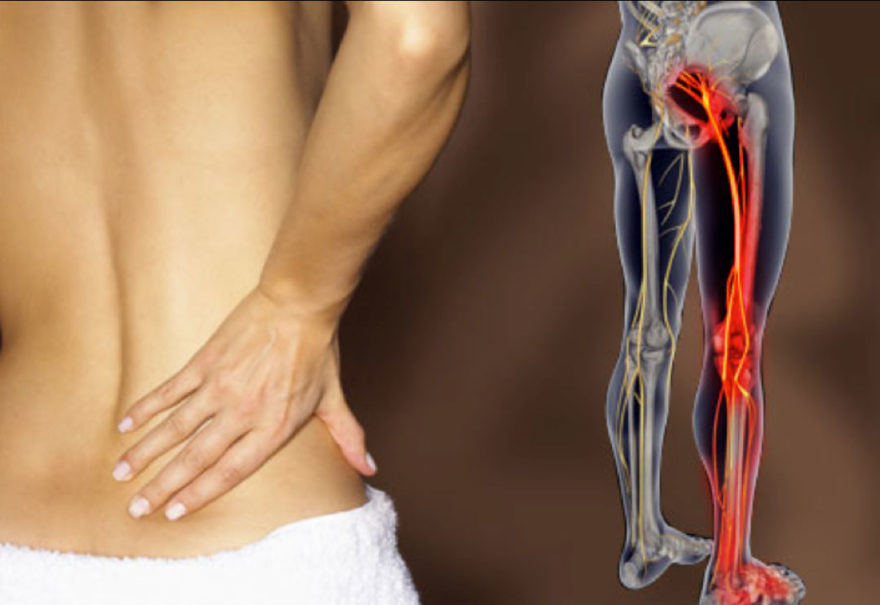VEXIM (Paris:ALVXM) (FR0011072602 – ALVXM / PEA‐PME), a medical device company specializing in the minimally invasive treatment of vertebral fractures, announces its consolidated results for the first half of 20161 in line with guidance.
“Sales increased sharply throughout the first half of 2016, a continued trend that should be reinforced in the second half of 2016. Therefore, we are confident we should reach our profitability target in 2016. In addition, the clinical study we launched in June 2015, with the aim of receiving the 510(k) clearance required to market the SpineJack® in the United States, continues on plan. These various accomplishments indicate that our company is well positioned to become a global leader in the spine-trauma market”, comments Vincent Gardès, VEXIM’s CEO.
+40% increase in sales, gross margin up 45% and significant loss reduction
VEXIM’s sales reached €8.6 million in the first half of 2016, up 40% compared to the same period in 2015. This significant revenue growth shows the effectiveness of the direct sales strategy implemented for the SpineJack® in Europe, combined with a network of specialized distributors at the international level (see press release on VEXIM’s sales in the first half of 20162).
The gross margin on sales increased by 45% compared to the first half of 2015, up to €6.4 million, representing 74.2% of sales vs. 71.9%. This resulted from rising sales in Europe in a context of stable prices as well as from the direct sales strategy implemented.
Compared to the 40% increase in revenue, operating expenses only increased by 12%, up to €8.7 million, compared with the first half of 2015. Such effective control over operating expenses resulted in a saving of €1 million in the net operating loss, down to €2.4 million. Net loss for the period was €2.5 million.
| Consolidated statement as of June 30, 2016: |
| in € millions |
|
First Half 2016 |
|
First Half 2015 |
|
YoY (%) |
| Sales |
|
8.565 |
|
6.111 |
|
+40% |
| Gross margin (% of sales) |
|
6.359 (74.2%) |
|
4.392 (71.9%) |
|
+45% |
| Operating expenses |
|
8.722 |
|
7.802 |
|
+12% |
| Net operating income (loss) |
|
-2.363 |
|
-3.410 |
|
+30% |
| Net income (loss) |
|
-2.529 |
|
-3.647 |
|
+30% |
Solid cash position at €9.4 million
In January 2016, VEXIM reinforced its cash position thanks to a successful €10.4 million private placement. As of June 30, 2016,VEXIM had €9.4 million in cash, allowing the company to secure its future development. The company’s current cash position and future cash flows should allow VEXIM to continue to grow in line with its ambitions.
Other business achievements over the first half of 2016
- Launch of a medico-economic study comparing the SpineJack® to a conventional treatment (bracing) with a 1- and 2-year follow-up.
- Strengthening of the executive team, with the addition of Francois Cathelineau as VP Operations and of Sebastien Lemoine as VP International & Marketing.
Full-year 2016 guidance confirmed
Thanks to its solid results in the first half of 2016, VEXIM is in running order to reach its full-year 2016 objectives:
- Maintain strong revenue growth between 30% to 40% over the full year 2016;
- Achieve profitability for the full second half of 2016 and generate operational positive cash-flows;
- Further expand internationally through upcoming distribution agreements in South Africa and Australia in 2016, and in Brazil and South Korea in 2017;
- Continue the enrollment of patients for the FDA clinical study of the SpineJack® and continue looking for the adequate distribution model for the SpineJack® in the U.S.
- Keep innovating in the treatment of high energy vertebral fractures through product development projects, leveraging the SpineJack® platform.
|
Conference call – 2016 first-half results presentation (in English)
Tuesday 20 September 2016, at 6:30 PM (Paris time)
To join the call please contact ALIZE RP
By telephone at: +33 (0)1 44 54 36 62 – By email at:
vexim@alizerp.com
A replay of the conference call will be available on VEXIM’s website within 48 hours at:
http://www.vexim.com/us/ (US section of the website) > Shareholder area
|
***
Financial reporting schedule:
3rd quarter sales results: Thursday, October 13, 2016* (after market close)
*indicative date, subject to change
About VEXIM, the innovative back microsurgery specialist
Based in Balma, near Toulouse (France), VEXIM is a medical device company created in February 2006. The company has specialized in the creation and marketing of minimally-invasive solutions for treating traumatic spinal pathologies. Benefitting from the financial support of it longstanding shareholder, Truffle Capital3 and from BPI public subsidies, VEXIM has designed and developed the SpineJack®, a unique implant capable of repairing a fractured vertebra and restoring the balance of the spinal column. The company also developed the MasterflowTM, an innovative solution for mixing and injecting orthopedic cement that enhances the accuracy of the injection and optimizes the overall surgical procedure. The company counts 62 employees, including its own sales teams in Europe and a network of international distributors.
VEXIM has been listed on Alternext Paris since May 2012. For further information, please visit www.vexim.com
SpineJack® 4, a revolutionary implant for treating Vertebral Fractures
The revolutionary aspect of the SpineJack® lies in its ability to restore a fractured vertebra to its original shape, restore the spinal column’s optimal anatomy and thus remove pain and enable the patient to recover their functional capabilities. Thanks to a specialized range of instruments, inserting the implants into the vertebra is carried out by minimally-invasive surgery, guided by X-ray, in approximately 30 minutes, enabling the patient to be discharged shortly after surgery. The SpineJack® range consists of 3 titanium implants with 3 different diameters, thus covering 95% of vertebral fractures and all patient morphologies. SpineJack® technology benefits from the support of international scientific experts in the field of spinal surgery and worldwide patent protection through to 2029.
MasterflowTM 2, a high-performance orthopedic cement delivery system
The MasterflowTM is an innovative solution for mixing and injecting orthopedic cement that enhances the accuracy of the injection and optimizes the overall surgical procedure for treating vertebral compression fractures. The device provides a better control of the injection of biomaterials into the spine. A complement of the SpineJack®, the MasterflowTM stands out for being both easy to use and precise, particularly in its ability to stop the cement delivery instantly without inertia. The MasterflowTM contributes to reducing pain in patients. Its first sales were recorded in the U.S. in February 2015, and the system has also received the CE marking in February 2015, a mandatory conformity mark for products marketed in Europe.
Name : VEXIM
ISIN code : FR0011072602
Ticker : ALVXM
1 The results, which were subject to a limited review, have been approved by the Board of Directors of Vexim at its meeting held on 14 September 2016.
2 Press release published on July 12, 2016: http://www.vexim.com/us/vexim-40-revenue-growth-in-the-1st-half-2016-upper-range-of-goals/
3 Founded in 2001 in Paris, Truffle Capital is a leading independent European private equity firm. It is dedicated to investing in and building technology leaders in the IT, life sciences and energy sectors. Truffle Capital manages €550m via FCPRs and FCPIs, the latter offering tax rebates (funds are blocked during 7 to 10 years). For further information, please visit www.truffle.fr and www.fcpi.fr.
4 This medical device is a regulated health product that, with regard to these regulations, bears the CE mark. Please refer to the Instructions for Use.



